Occupational safety training for working in an oil refinery
99,000 ₫
Note: The above price is calculated per person, and the price may fluctuate depending on the number of participants in the course and market movements. For more accurate pricing support, please refer to the price list or contact our consulting staff directly.
Occupational safety is an important issue at an oil refinery and needs to be addressed promptly to ensure the health and safety of workers and enhance the reputation of businesses there. The Occupational Safety Training course is one of the effective solutions to raise awareness about how to prevent workplace accidents for workers in the oil refinery.
Table of Contents
Toggle1. Overview of Oil Refineries
a. What is an Oil Refinery?
An oil refinery, also known as a petroleum processing plant, is a manufacturing facility designed to convert crude oil from oil deposits or wells into petroleum products and other derived products. The main processes in an oil refinery include thermal cracking, distillation, and chemical treatment to separate and produce different components of crude oil, such as gasoline, diesel, lubricants, greases, and other petrochemical products.
Oil refineries are an essential part of the petroleum industry and play a crucial role in supplying fuel and petroleum-derived products to various industries, including transportation, manufacturing, and agriculture.

b. Oil Refineries in Vietnam
In Vietnam, there are several important oil refineries that process crude oil and supply petroleum products and derivatives. Here are some main oil refineries in Vietnam:
- Dung Quat Refinery: This is the largest and most important oil refinery in Vietnam, located in Quang Ngai, Central Vietnam. Dung Quat Refinery has a processing capacity of approximately 6.5 million tons of oil per year.
- Cua Lo Refinery: This refinery is located in Nghe An, Central Vietnam, with a processing capacity of about 4.5 million tons of oil per year.
- Nghi Son Refinery: Located in Thanh Hoa, Central Vietnam, this refinery can process approximately 10 million tons of oil annually.
- Long Son Refinery: A newly constructed refinery in Ba Ria – Vung Tau, Southern Vietnam, expected to have a processing capacity of about 8.4 million tons of oil per year.
These refineries play an important role in meeting Vietnam’s energy demand and petroleum-derived product needs.

2. Overview of Occupational Safety Training at Oil Refineries
a. What is occupational safety training?
- Occupational safety training is an intensive course designed for workers in industrial, construction, manufacturing, and high-risk occupations. This training is organized by Nam Viet’s occupational safety training centers at oil refineries.
- In this course, trainees are provided with knowledge and skills necessary to ensure safety for themselves and their colleagues. Topics include labor safety laws and regulations, identifying and assessing potential risks, methods to inspect and maintain safety equipment, first aid skills, and emergency response procedures.
- For enterprises, providing safety training improves employee skills and efficiency while ensuring compliance with labor safety regulations and reducing workplace accident risks.
REGISTER FOR OCCUPATIONAL SAFETY TRAINING SERVICE
b. Training duration
Occupational safety training duration depends on factors such as job type and industry. However, the total training time for each group is regulated under Article 19 of Decree 44/2016/ND-CP
- Group 1: 16 hours
- Group 2: 48 hours
- Group 3: 24 hours
- Group 4: 16 hours
- Group 5: 16 hours
- Group 6: 4 hours
c. Training content
Occupational safety training content includes knowledge and skills to reduce workplace accident risks and ensure the safety of employees and company assets. Specifically, training may include:
- Knowledge of labor safety laws and regulations of the state and enterprise.
- Understanding workplace hazards and types of occupational accidents.
- Skills and procedures for using personal protective equipment and general safety devices.
- Methods to minimize workplace accident risks and ensure safe working conditions.
- Emergency response procedures and organization of rescue operations in case of accidents.
- Knowledge of workplace environmental protection.
Training content may also be adjusted to suit specific industries and working conditions.
d. Occupational safety certificate
Occupational Safety and Hygiene Certificate
- The certificate template is described in Form 08, Appendix II, Decree 44/2016/ND-CP, and is issued for Groups 1,2,5,6.
- The certificate measures 13 cm x 19 cm with a sky-blue cover.

- The front content is shown above
- The inside page has a white background with content shown below.

- The card template is described in Form 06, Appendix II, Decree 44/2016/ND-CP.
- Group 3 employees will be issued an Occupational Safety Card (commonly called Group 3 Safety Certificate).
- The card measures 60 mm x 90 mm, with front and back content as shown below.

Employers can issue Group 3 Occupational Safety Cards to trained employees after passing the test and having an employment contract between both parties.
- The template for Groups 1, 2, 5, 6 is described in Form 09, Appendix II, Decree 44/2016/ND-CP.
- The template for Group 3 is described in Form 10, Appendix II, Decree 44/2016/ND-CP.
- The template for Group 4 is described in Form 11, Appendix II, Decree 44/2016/ND-CP.
- Group 4 is issued only a monitoring book, not a Group 4 safety certificate.
- The content of the Group 4 monitoring book is shown below.

3. Employment at Oil Refineries
Employment at oil refineries offers a wide range of roles and positions. Some common positions at refineries include:
- Process Engineer: Responsible for setting up and operating production processes in the refinery. Tasks include supervising distillation, chemical treatment, and quality control to ensure petroleum products meet standards.
- Maintenance Technician: Responsible for maintaining and repairing equipment and machinery in the refinery, ensuring efficient and safe operation.
- Safety Officer: Ensures all refinery operations comply with safety and environmental regulations, trains staff on safety, enforces accident prevention measures, and manages waste handling procedures.
- Quality Control Staff: Conduct tests and analyses to ensure the quality of petroleum and derivative products meets standards.
- Operations Staff: Work directly with equipment and systems, control and monitor processes, implement configuration changes, and ensure stable operation of equipment.

4. Main Causes of Workplace Accidents in Industrial Zones
The main causes of workplace accidents in industrial zones include:
- Failure to meet labor safety standards: Some industrial zones do not comply with safety standards or lack personal protective equipment for workers.
- Insufficient training: Some employees are not fully trained in occupational safety and do not know how to use protective equipment.
- Lack of safety equipment: Some industrial zones lack ladders, railings, emergency exits, fire-fighting systems, etc.
- Insufficient supervision: Some zones lack safety supervisors or supervision is inadequate, with irregular checks of safety systems and equipment.
- Excessive working hours: Overworked employees without adequate rest become fatigued, leading to errors.
- Non-compliance with safety regulations: Some employees do not follow safety rules or fail to use personal protective equipment, causing workplace accidents.

5. Measures to Control Occupational Accidents in Oil Factories
To control occupational accidents in oil factories, it is essential to implement safety measures and strictly comply with regulations related to safety and environmental protection. Here are some important measures:
- Compliance with safety regulations: All employees in the oil factory must comply with safety rules and procedures established by regulatory authorities and the government. These regulations include the use of personal protective equipment (helmets, safety glasses, gloves), safety guidelines, work procedures, and waste handling.
- Training and supervision: All employees must be trained in occupational safety and safe work procedures. This includes training in the use of safety equipment, fire prevention procedures, first aid, and hazard recognition. A monitoring system is required to ensure compliance with safety rules and to promptly address related issues.
- Equipment inspection and maintenance: Equipment and machinery in the oil factory must be inspected regularly to ensure safe and efficient operation. Regular maintenance and repairs must also be conducted to prevent unwanted incidents.
- Management of raw materials and waste: Raw materials and waste in the production process must be managed safely and appropriately. Storage, handling, and transportation of waste must comply with safety and environmental protection regulations.
- Building a safety culture: Creating a safety culture is very important in an oil factory. This requires commitment from employees and management to prioritize safety and promote safety awareness in all activities.
- Regularly conducting occupational environment monitoring in factories, collecting and analyzing harmful factors affecting workers, and then adjusting to reduce hazards to prevent occupational diseases for them.
6. Benefits of Occupational Safety Training
An Toan Nam Viet provides your enterprise with the following excellent benefits after completing occupational safety training courses in accordance with Decree 44/2016/ND – CP on occupational health and safety for companies, factories, and enterprises.
- Workers can identify potential risks of occupational accidents and take preventive measures to avoid accidents.
- Your enterprise can establish risk prevention measures in production, operation, and maintenance processes.
- Reduce costs associated with potential workplace safety hazards.
- Uninterrupted production processes help increase labor productivity and product quality.
- Ensure compliance with occupational safety laws, avoiding legal risks.
- Create credibility and professionalism in all aspects, thereby elevating your enterprise’s brand.
Nam Viet’s training courses are a solution to prevent external factors from affecting individuals, helping them avoid dangers that could result in injury or, in severe cases, death.
REGISTER FOR OCCUPATIONAL SAFETY TRAINING SERVICE
7. Customer Feedback After Completing the Training
An Toan Nam Viet has many years of experience accompanying numerous enterprises in Vietnam, especially in the southern provinces. This responsibility is extremely valuable to Nam Viet, which is why our Occupational Safety Training has become increasingly professional. The motivation for An Toan Nam Viet’s growth comes from both positive feedback and suggestions from our business partners. Below are the feedbacks from our partners.
Bac Nam E&C Investment and Construction Joint Stock Company
“My first experience with An Toan Nam Viet was surprising due to the 24/7 enthusiastic support from their consulting team. The training sessions were organized quickly and conveniently for our company. Thank you very much for Nam Viet’s service!”
Hoa Dat Construction and Trading Joint Stock Company
“Nam Viet’s service greatly helped us simplify occupational safety and complete safety documentation for the work process. The consulting team was enthusiastic and timely in addressing our questions. Five stars for Nam Viet.”
See more customer interviews after using the service of An Toan Nam Viet
8. An Toan Nam Viet’s Occupational Safety Training Capacity
An Toan Nam Viet is a reputable and high-quality occupational safety training center in Vietnam. Training sessions are continuously conducted at production workshops, factories, or construction sites nationwide (63 provinces in Vietnam).
REGISTER FOR OCCUPATIONAL SAFETY TRAINING SERVICE
Occupational Safety Training License
- An Toan Nam Viet has been inspected and certified by the Department of Occupational Safety of the Ministry of Labor – Invalids and Social Affairs and granted certification to operate occupational safety and hygiene training. This further strengthens our occupational safety training capacity.

Training Materials and Lectures
- Before being used in occupational safety training courses, all training materials are reviewed and approved to ensure accuracy and effectiveness.
- The teaching methods of instructors are standardized according to An Toan Nam Viet standards, based on research and experience from occupational safety experts, to ensure the highest knowledge absorption for trainees.
Facilities
- Controlling classroom factors affecting the training process enhances teaching efficiency and trainee knowledge absorption.
- Our training facilities provide spacious classrooms meeting standards for area, lighting, and training equipment.
9. Nationwide Reputable Occupational Safety Training Center
At An Toan Nam Viet, we prioritize professional dedication to occupational safety training. Teaching workers to protect themselves provides them safety tools for their livelihood, contributing to nation-building.
To ensure effective training, we meticulously prepare everything, from teaching tools and equipment to curriculum, materials, sound, and lighting.
Our occupational safety instructors are experts with many years of experience. They have even conducted research identifying hazards across industries and ways to prevent them.
Lectures are practical, delivered vividly and understandably to trainees. These factors help workers feel comfortable during learning and absorb knowledge effectively. All content strictly follows Decree 44/2016/ND-CP.
Thus, workers learn numerous hazard prevention measures and how to protect themselves, applying them appropriately in real work situations.
Our training center is proud to provide reputable, professional occupational safety training with the following advantages:
- Competitive training costs while ensuring training quality.
- Flexible training schedules according to enterprise production.
- Fast certification procedures compliant with the law.
- Instructors with extensive professional experience.
- Controlled classrooms to enhance teaching efficiency and knowledge absorption.
- Lectures tailored to occupational safety needs in enterprises.
- An Toan Nam Viet works dedicatedly and professionally to support customers accurately and promptly.

10. Additional Occupational Safety Training References
- Occupational safety materials for working in oil factories
- Occupational safety training materials
- Occupational safety training test set
- Occupational safety multiple-choice test for oil factories
- Slides for occupational safety training in oil factories
1 review for Occupational safety training for working in an oil refinery
No comments yet

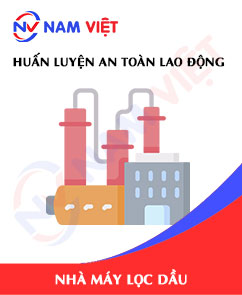
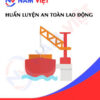




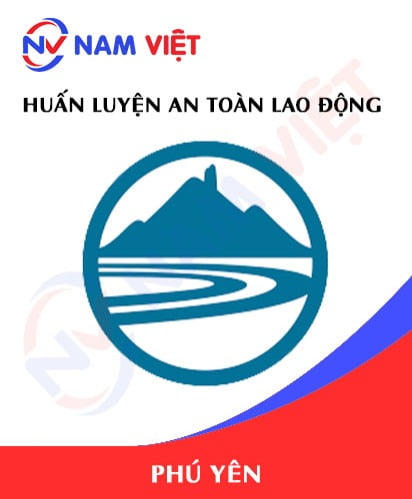
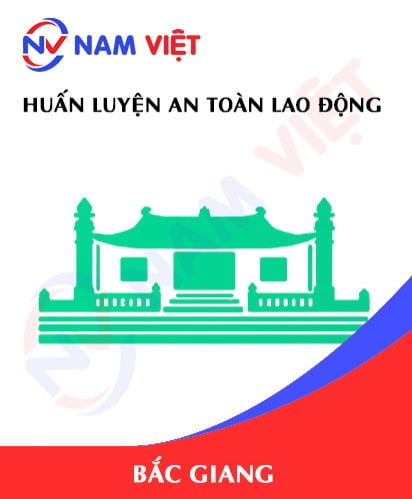
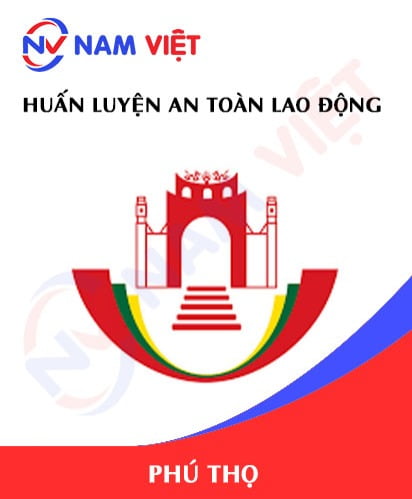
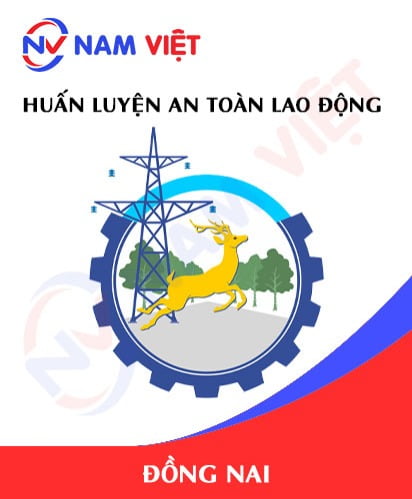
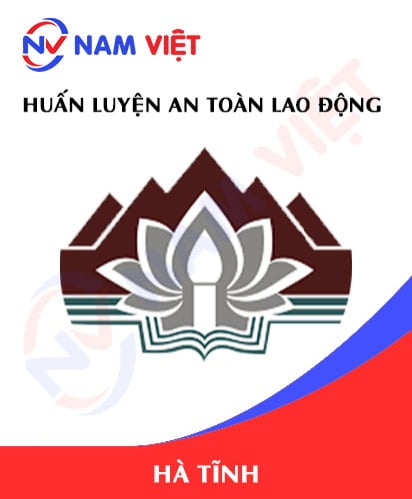

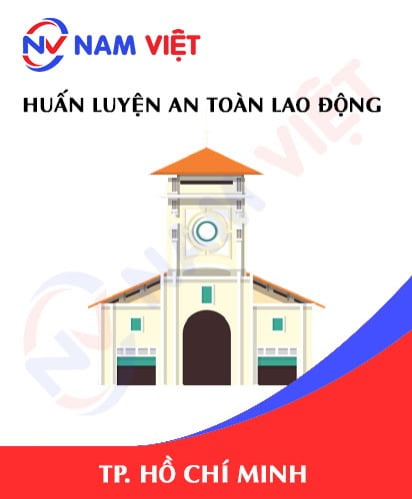
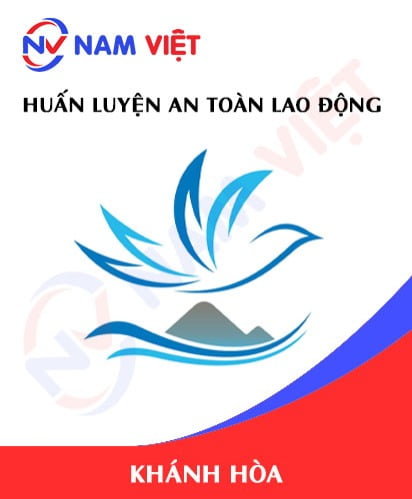
caotiensyhung.07081999
dạy dễ hiểu nha